Hyundai i30 vs Nissan Micra – Which model is better for everyday use?
Both models have their strengths – but which one suits you more?
Compare performance, efficiency, price and space directly: Hyundai i30 or Nissan Micra?
Costs and Efficiency:
Looking at overall running costs, both models reveal some interesting differences in everyday economy.
Both models are evenly matched in price – each starts at 24000 £.
Engine and Performance:
Power, torque and acceleration say a lot about how a car feels on the road. This is where you see which model delivers more driving dynamics.
When it comes to engine power, the Nissan Micra has a hardly perceptible edge – offering 150 HP compared to 140 HP. That’s roughly 10 HP more horsepower.
In acceleration from 0 to 100 km/h, the Nissan Micra is a bit quicker – completing the sprint in 8 s, while the Hyundai i30 takes 9.60 s. That’s about 1.60 s faster.
In terms of top speed, the Hyundai i30 performs noticeable better – reaching 197 km/h, while the Nissan Micra tops out at 150 km/h. The difference is around 47 km/h.
There’s also a difference in torque: Hyundai i30 pulls barely noticeable stronger with 253 Nm compared to 245 Nm. That’s about 8 Nm difference.
Space and Everyday Use:
Beyond pure performance, interior space and usability matter most in daily life. This is where you see which car is more practical and versatile.
Both vehicles offer seating for 5 people.
In curb weight, Hyundai i30 is a bit lighter – 1291 kg compared to 1452 kg. The difference is around 161 kg.
In terms of boot space, the Hyundai i30 offers somewhat more room – 395 L compared to 326 L. That’s a difference of about 69 L.
In maximum load capacity, the Hyundai i30 performs a bit better – up to 1301 L, which is about 195 L more than the Nissan Micra.
When it comes to payload, Hyundai i30 slightly takes the win – 509 kg compared to 408 kg. That’s a difference of about 101 kg.
Who comes out on top?
Overall, the Hyundai i30 shows itself to be secures victory with a clear margin and secures the title of DriveDuel Champion.
It convinces with the more balanced overall package and proves to be the more versatile choice for everyday use.
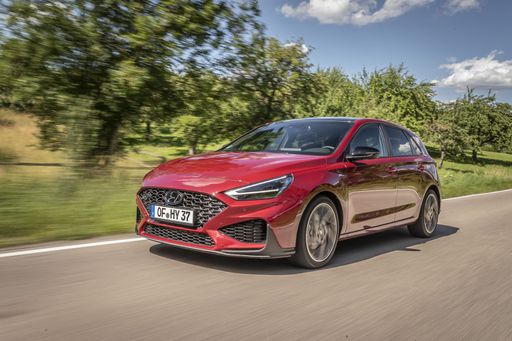
Hyundai i30
Hyundai i30
The Hyundai i30 stands out in the hatchback segment with its sleek design and modern features. It offers a comfortable ride with a well-crafted interior that caters to both driver and passengers. With its emphasis on safety and technology, the i30 provides a balanced driving experience suitable for urban and suburban environments.
details @ hyundai.news
@ hyundai.news
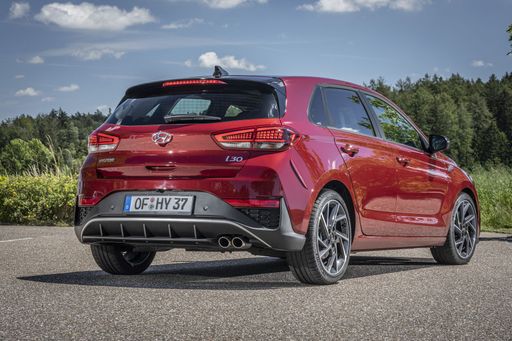 @ hyundai.news
@ hyundai.news
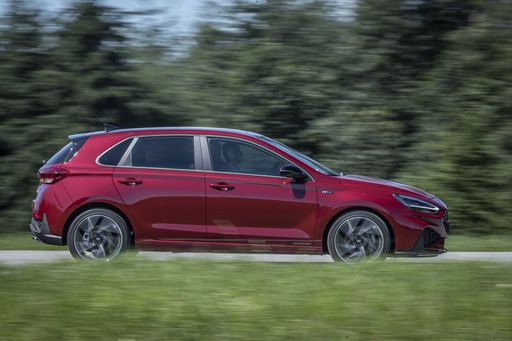 @ hyundai.news
@ hyundai.news
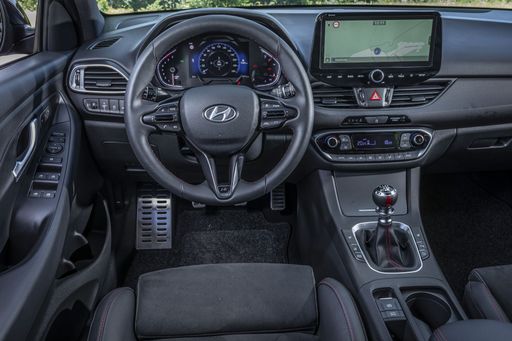 @ hyundai.news
@ hyundai.news
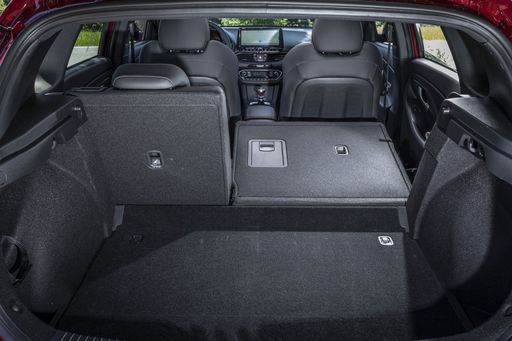 @ hyundai.news
@ hyundai.news
Nissan Micra
The Nissan Micra is a compact hatchback renowned for its agile handling and city-friendly dimensions. With a design that blends sleek curves with a practical layout, it appeals to urban drivers who value style and efficiency. Inside, the car offers a surprising amount of room and useful tech features, making it both a convenient and comfortable ride for daily commutes.
details

|
|
|
|
|
Costs and Consumption |
|
|---|---|
|
Price
24000 - 29300 £
|
Price
24000 - 29900 £
|
|
Consumption L/100km
5.7 - 6 L
|
Consumption L/100km
-
|
|
Consumption kWh/100km
-
|
Consumption kWh/100km
14.2 - 14.7 kWh
|
|
Electric Range
-
|
Electric Range
317 - 416 km
|
|
Battery Capacity
-
|
Battery Capacity
40 - 52 kWh
|
|
co2
130 - 136 g/km
|
co2
0 g/km
|
|
Fuel tank capacity
50 L
|
Fuel tank capacity
-
|
Dimensions and Body |
|
|---|---|
|
Body Type
Hatchback
|
Body Type
Hatchback
|
|
Seats
5
|
Seats
5
|
|
Doors
5
|
Doors
5
|
|
Curb weight
1291 - 1407 kg
|
Curb weight
1452 - 1527 kg
|
|
Trunk capacity
395 L
|
Trunk capacity
326 L
|
|
Length
4340 mm
|
Length
3974 mm
|
|
Width
1795 mm
|
Width
1774 mm
|
|
Height
1455 mm
|
Height
1490 mm
|
|
Max trunk capacity
1301 L
|
Max trunk capacity
1106 L
|
|
Payload
463 - 509 kg
|
Payload
403 - 408 kg
|
Engine and Performance |
|
|---|---|
|
Engine Type
Petrol, Petrol MHEV
|
Engine Type
Electric
|
|
Transmission
Manuel, Automatic
|
Transmission
Automatic
|
|
Transmission Detail
Manual Gearbox, Dual-Clutch Automatic
|
Transmission Detail
Reduction Gearbox
|
|
Drive Type
Front-Wheel Drive
|
Drive Type
Front-Wheel Drive
|
|
Power HP
100 - 140 HP
|
Power HP
122 - 150 HP
|
|
Acceleration 0-100km/h
9.6 - 13.1 s
|
Acceleration 0-100km/h
8 - 9 s
|
|
Max Speed
178 - 197 km/h
|
Max Speed
150 km/h
|
|
Torque
172 - 253 Nm
|
Torque
225 - 245 Nm
|
|
Number of Cylinders
3 - 4
|
Number of Cylinders
-
|
|
Power kW
74 - 103 kW
|
Power kW
90 - 110 kW
|
|
Engine capacity
998 - 1482 cm3
|
Engine capacity
-
|
General |
|
|---|---|
|
Model Year
2024
|
Model Year
2026
|
|
CO2 Efficiency Class
D, E
|
CO2 Efficiency Class
A
|
|
Brand
Hyundai
|
Brand
Nissan
|
What drive types are available for the Hyundai i30?
Available configurations include Front-Wheel Drive.
The prices and data displayed are estimates based on German list prices and may vary by country. This information is not legally binding.
